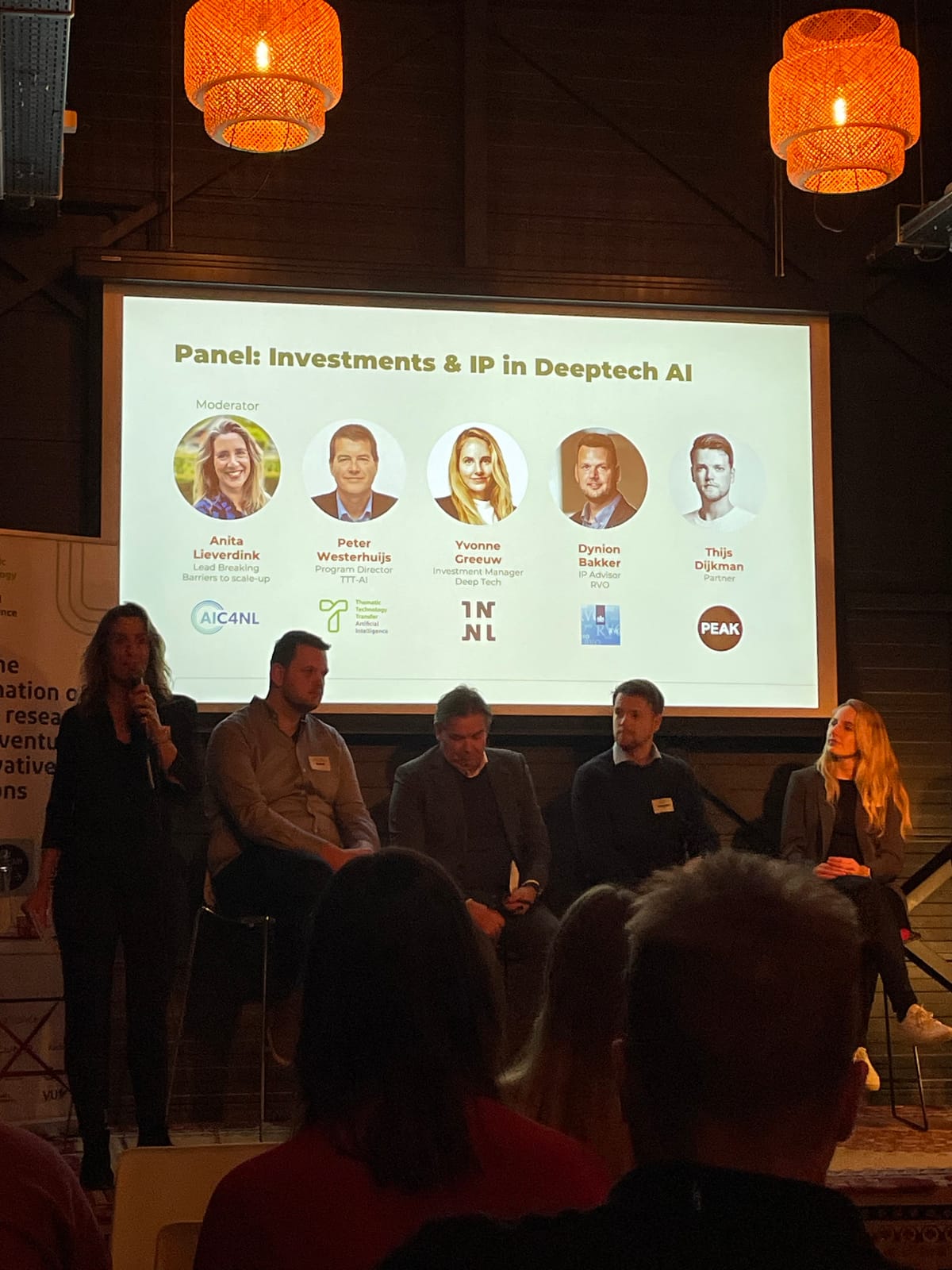Deep Tech AI and Open Source licenses

Last week, I attended the Deep Tech Event in Amsterdam. The energy, ambition, and collaboration on display were truly inspiring. The event brought together innovators, investors, and thought leaders to discuss the future of deep tech, with a specific focus on "Investments & Intellectual Property in Deep Tech AI."
This panel discussion shed light on the nuances of intellectual property (IP) and open-source software—topics I hadn’t fully appreciated before.
Panel Discussion: Investing & IP in Deep Tech AI
One of the most striking points raised during the panel was that some open-source licences, particularly those in the copyleft category, require businesses to open-source their own software if they use or modify the licensed software as part of their product.
This principle ensures that any improvements made by companies are shared back with the community, fostering collaboration. However, it raises important questions: How can businesses adopt open-source tools while protecting their proprietary innovations? And what strategies can they use to navigate these licensing complexities effectively?
The Two Faces of Open Source
Open source was at the heart of the discussion, particularly its dual nature: permissive and copyleft licences.
Permissive Licences
These licences, like MIT and Apache, are designed for flexibility. They allow businesses to use, modify, and incorporate open-source code into proprietary software without requiring them to open-source their own code. The only obligation is to provide proper attribution to the original creators. This model encourages widespread adoption and innovation, making it a favourite for startups and companies seeking scalability without restrictive obligations.
Copyleft Licences
On the other hand, copyleft licences, such as the GNU General Public License (GPL), take a different approach. They promote a "share-alike" philosophy, requiring any modifications or derivative works that are distributed to also be open-sourced under the same licence. This ensures a continuous cycle of contribution back to the community but may pose challenges for businesses aiming to protect proprietary innovations.
These two approaches highlight how open source can serve different purposes: fostering collaboration and ensuring community-driven progress, or enabling flexible use for competitive advantages.

Panel member Dynion Bakker from The Netherlands Enterprise Agency (RVO) offers his support for startups that have specific questions about IP.
Use Cases of Open Source: DeepSeek and Llama
Two examples of open-source software in action demonstrate these principles:
- DeepSeek: DeepSeek-R1 is released under the MIT License, a permissive licence that allows users to freely use, modify, and distribute the software, even in proprietary applications, as long as the original licence and copyright notices are retained. This flexibility fosters innovation by removing barriers to adoption and enabling developers to build on existing tools without restrictive obligations.
- Llama: Meta’s Llama models operate under a custom licence called the Llama Community License Agreement. While it permits broad use and modification, it imposes specific restrictions, such as prohibiting the use of the model to enhance other large language models. This unique approach blends aspects of permissive licensing with limitations designed to maintain control over how the technology evolves, prompting debates about whether Llama can truly be classified as open source.
These examples illustrate how the choice of licence can shape the adoption and impact of open-source tools in both commercial and community-driven contexts.








